A slot canyon is a narrow canyon, formed by the wear of water rushing through rock. A slot canyon is significantly deeper than it is wide. Some slot canyons can measure less than one metre (3 ft) across at the top but drop more than 30 m (100 ft) to the floor of the canyon.
Most slot canyons are formed in sandstone and limestone rock, although slot canyons in other rock types such as granite and basalt are possible. Even in sandstone and limestone, only a very small number of creeks will form slot canyons. This is due to a combination of the particular characteristics of the rock, and regional rainfall.
The Navajo Nation Parks web site describes Antelope Canyon in the following way.
Antelope Canyon:
Antelope Canyon is at once one of the most breathtaking and tranquil places on earth. Gently carved from the Navajo sandstone over the course of countless millenniums, the slot canyons are majestic and narrow passages, just enough space for a small group to walk the sandy floor - and for the occasional shafts of sunlight to shine down from above.
It is really two separate canyons - Upper and Lower Antelope. Each contains the hidden "slots" carved from the swirling sandstone, and both drain from the south into Lake Powell (once the Colorado River). The canyons are so narrow in places that one can stretch out his or her arms and touch both sides.
The Navajo name for Upper Antelope Canyon is Tse' bighanilini, which means "the place where water runs through rocks." Upper Antelope is at about 4,000 feet elevation and the canyon walls rise 120 feet above the streambed. Lower Antelope Canyon is Hasdestwazi, or "spiral rock arches." Both are located within the LeChee Chapter of the Navajo Nation.
Though dry most of the year, Antelope Canyon runs, and sometimes floods, with water after rains. It is the water, slowly wearing away the sandstone grain by grain, that has formed the beautiful and graceful curves in the rock. Wind has also played a role in sculpting this fantastic canyon
History:
To older Navajos, entering a place like Antelope Canyon was like entering a cathedral. They would probably pause before going in, to be in the right from of mind and prepare the protection and respect. This would also allow them to leave with an uplifted feeling of what Mother Nature has to offer, and to be in harmony with something greater than themselves. It was (and is) a spiritual experience.
I found another Fantastic 360 interactive panorama from the same site as below but this one of Antelope Canyon and thought I would let you all see it. I encourage you to visit the host web site, it is well worth the visit. Click here
Antelope canyon in Arizona
My Photos:
The day we visited was a popular day, thus many others were crowded into the canyons along with us. This gave me little to no opportunity to take good quality 3D photos. This, complicated by the close quarters, did not allow me to get views that allow for definition or context.
Viewing these photos do not do this site justice. Perhaps some day I will get another chance to visit this canyon and try again. In hindsight there are many things I would do differently to better capture the spirit of the site.
Well, Thank you for letting me revisit our great trip to Arizona.
I called this blog "3D Cruiser" because I want to focus mostly on our cruise voyages. Next post, we start with our cruise on Caribbean Princess.


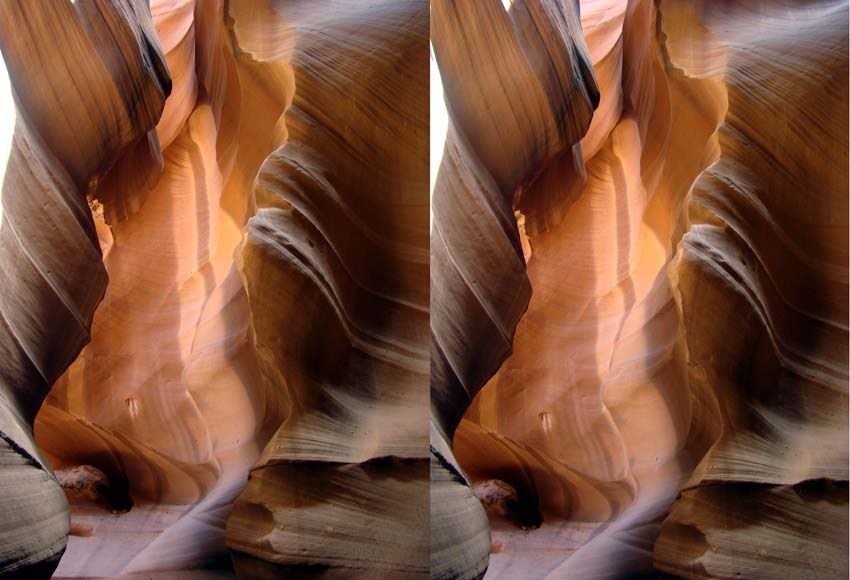
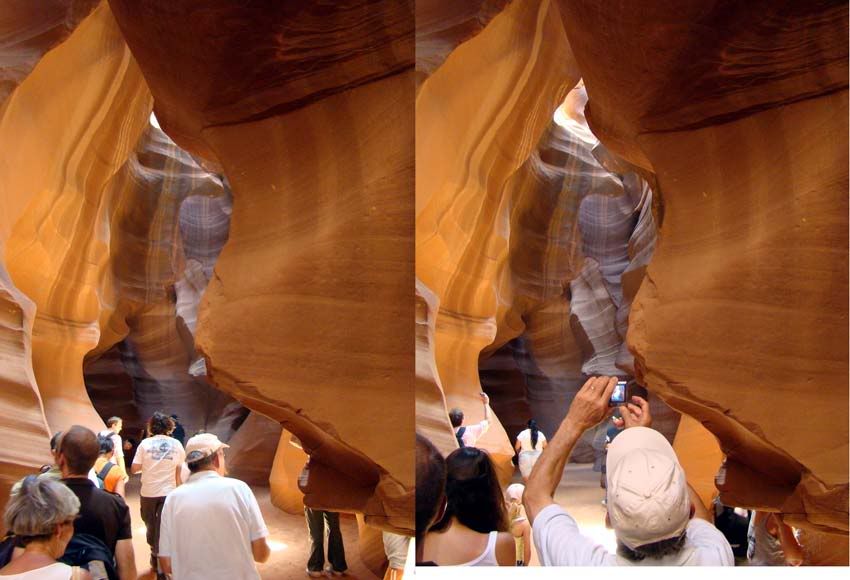
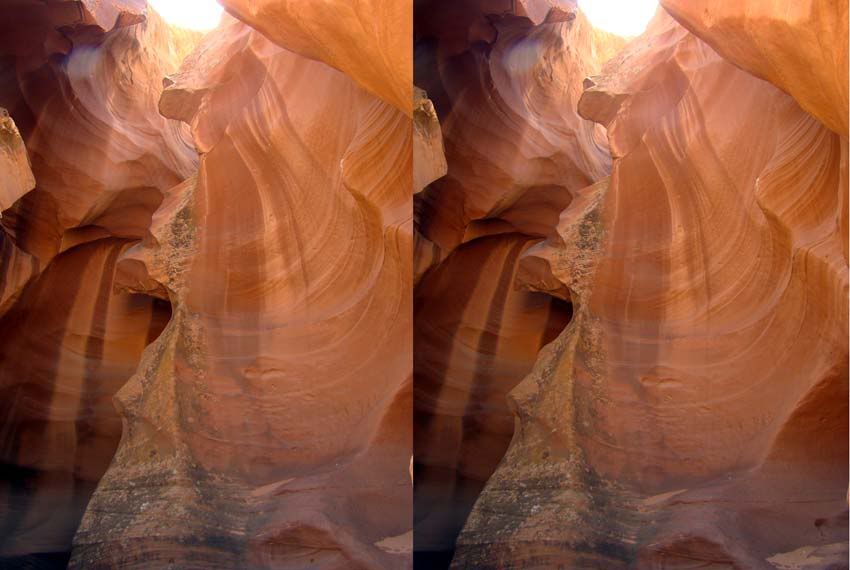
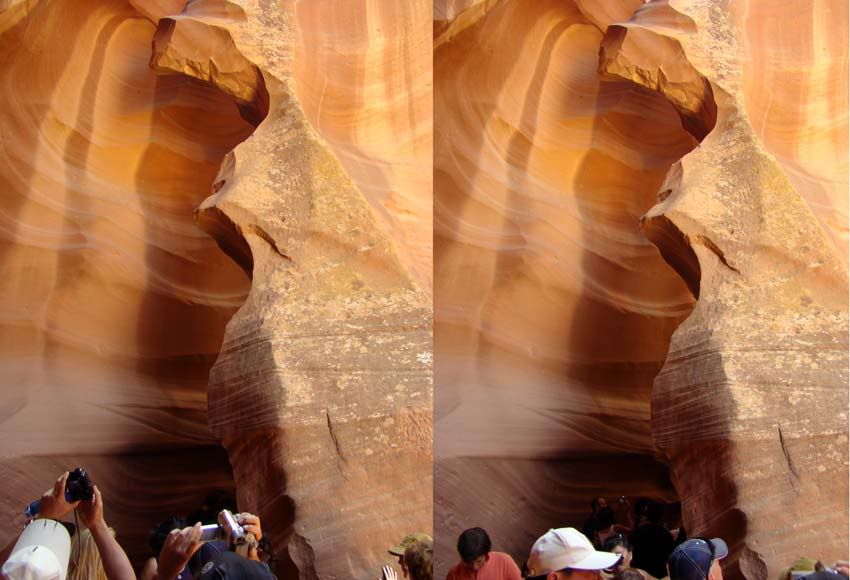

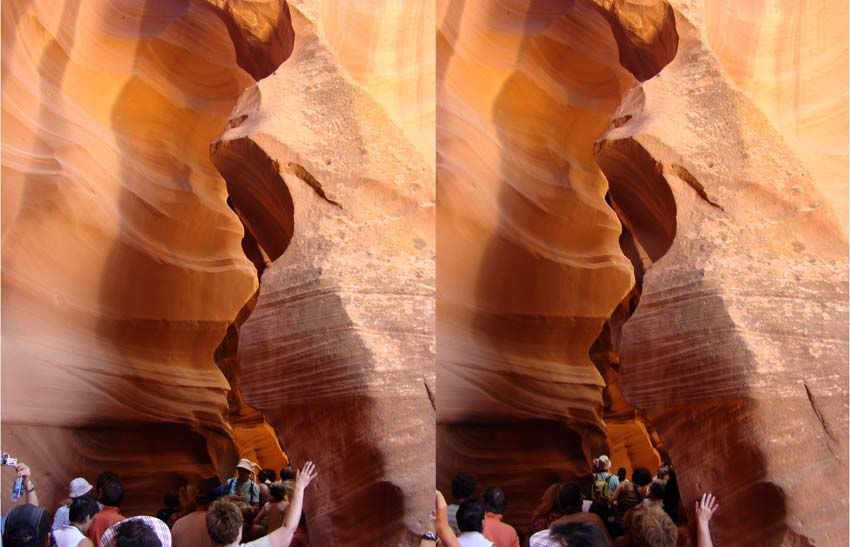
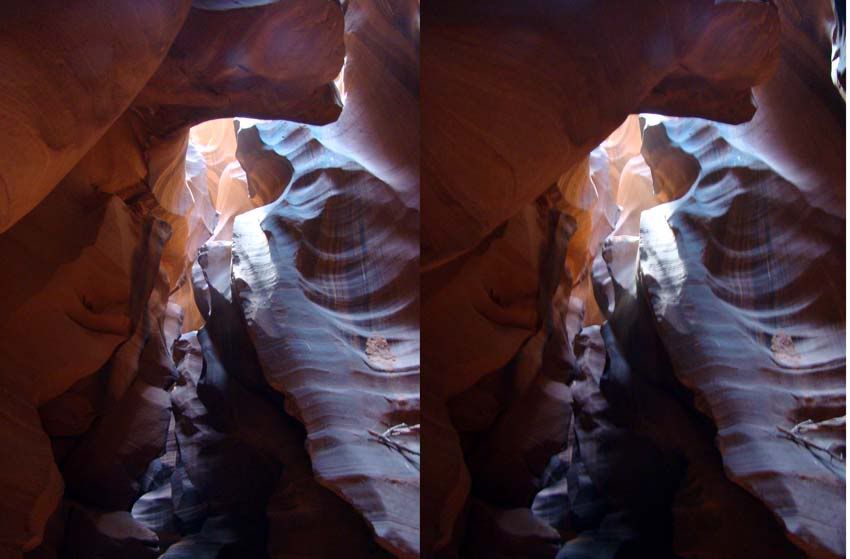
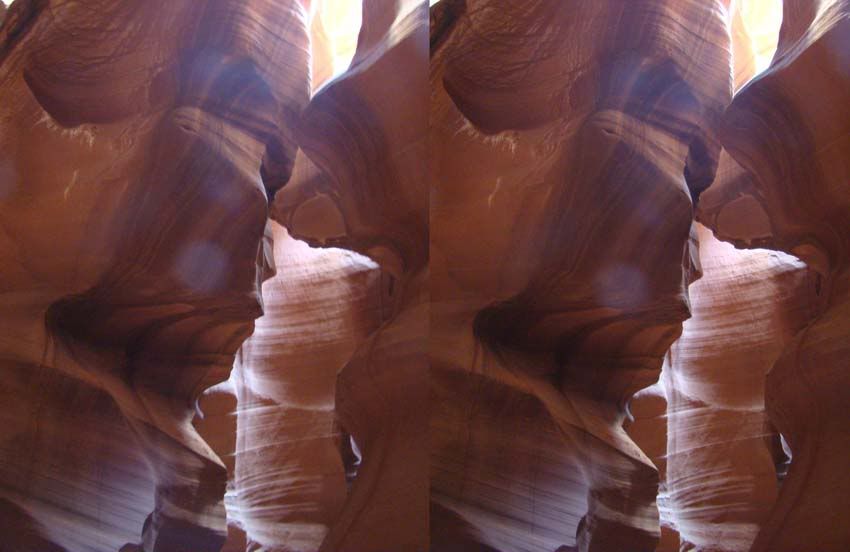
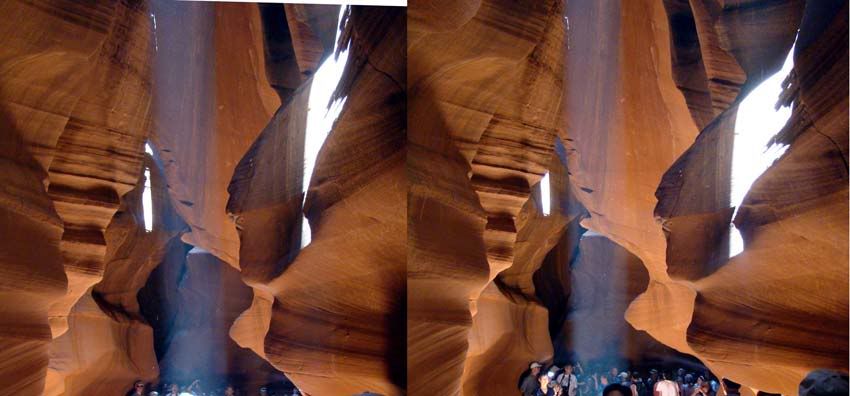
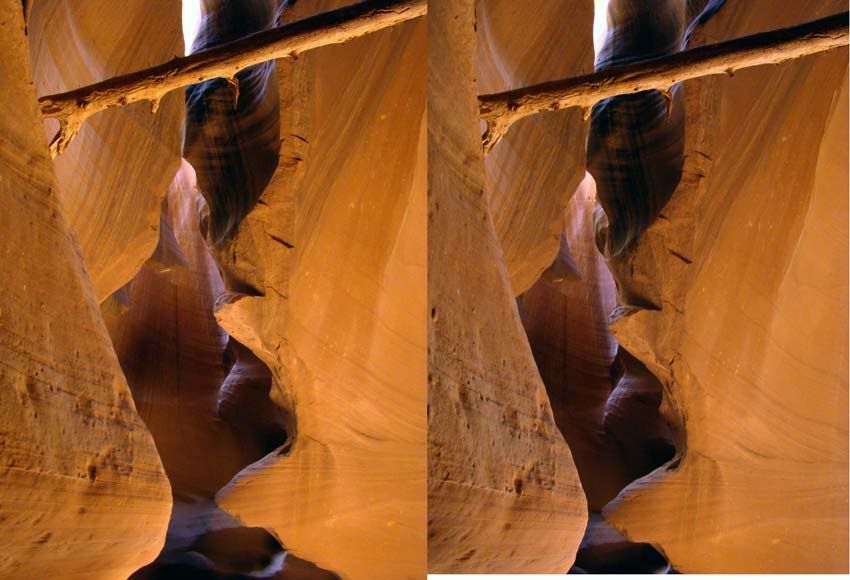
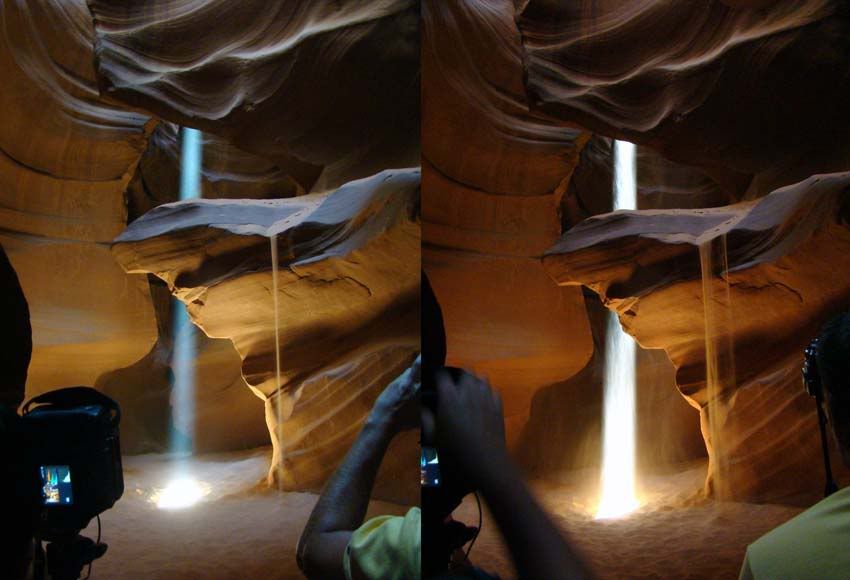

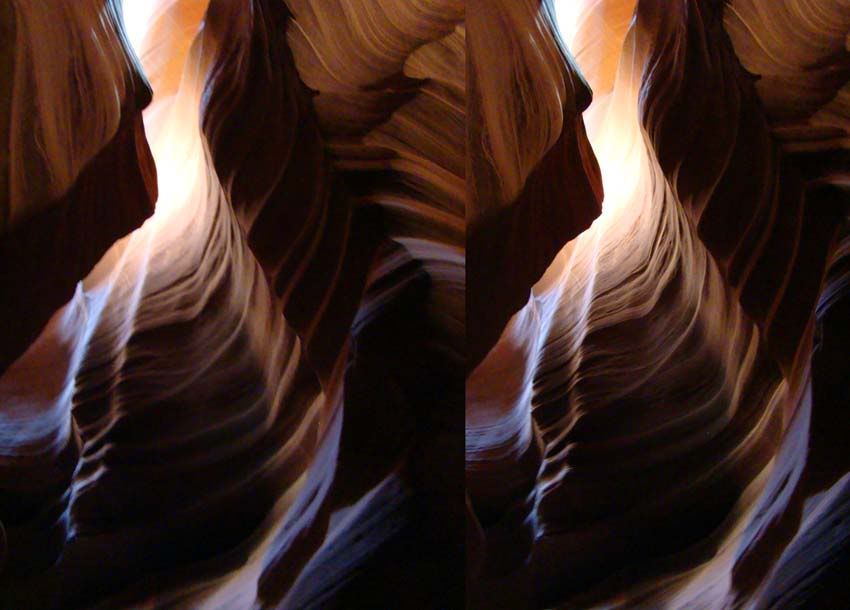
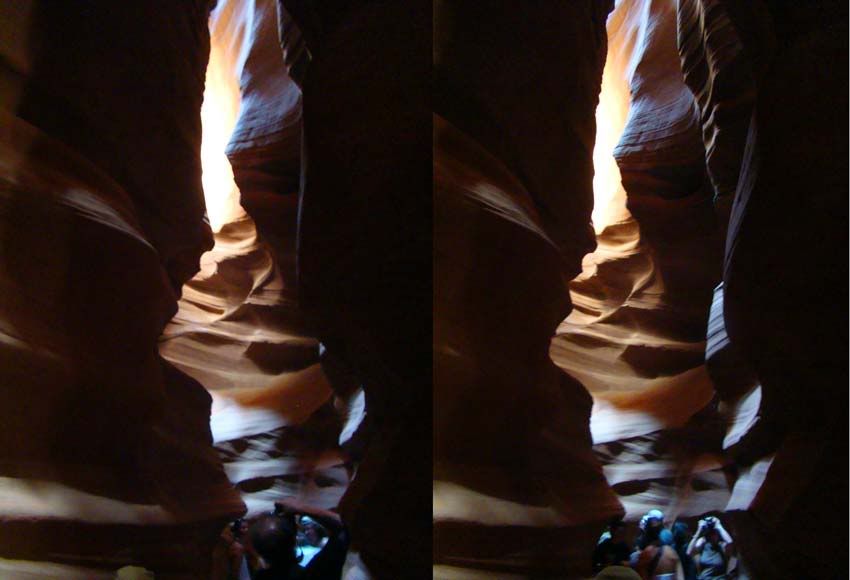
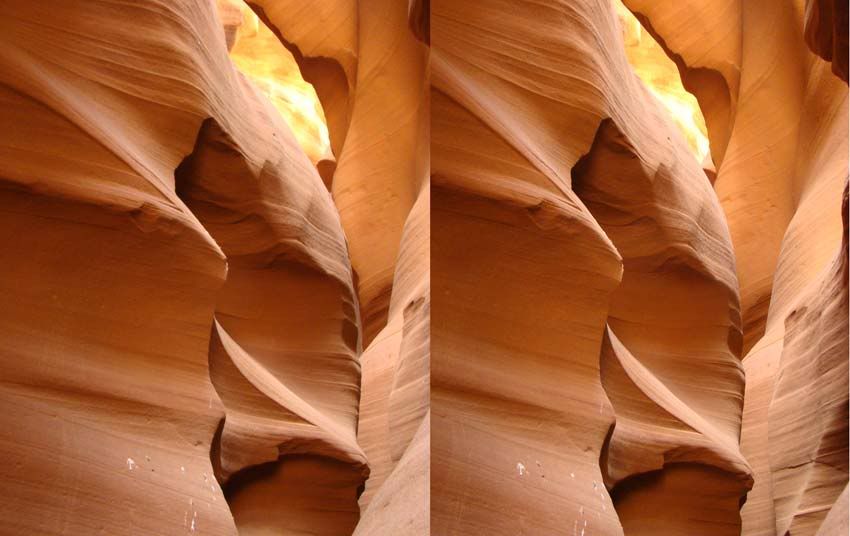
No comments:
Post a Comment